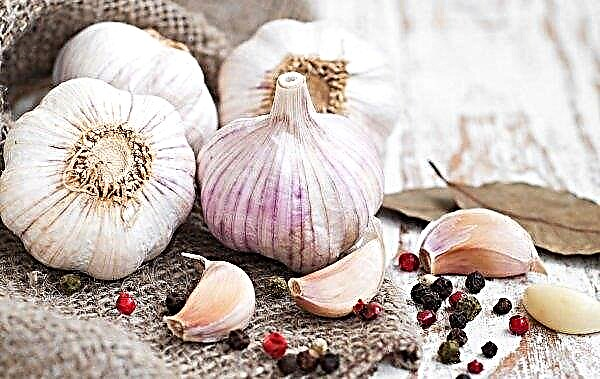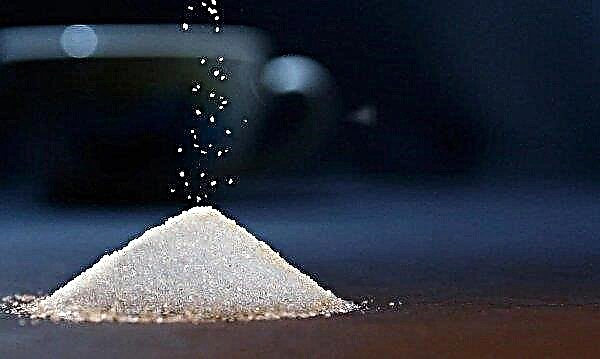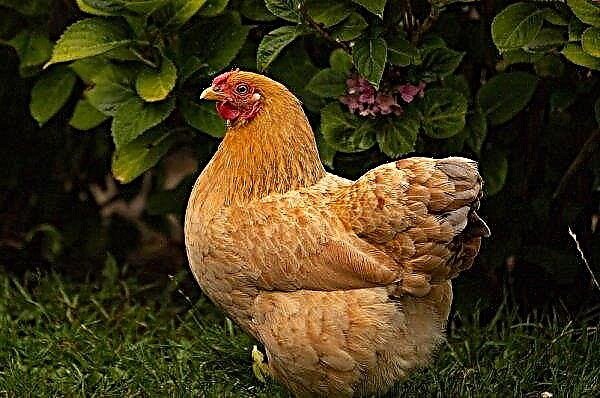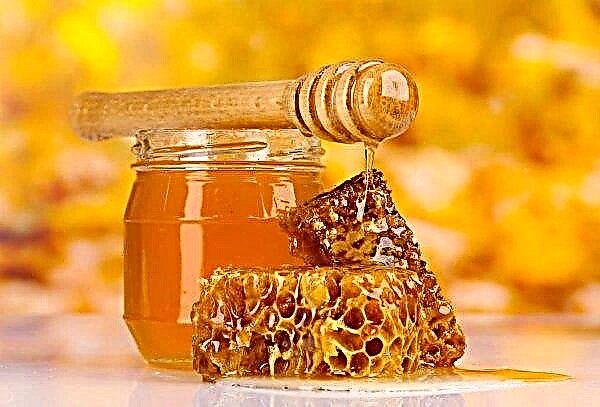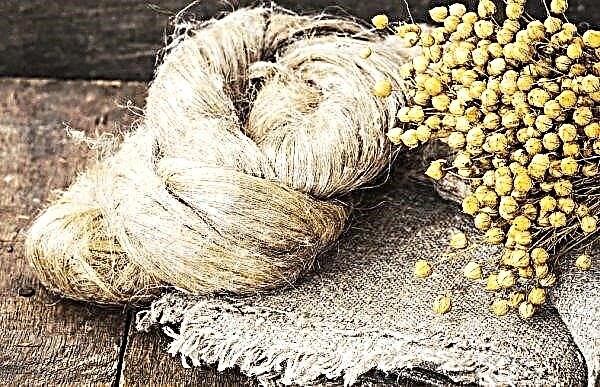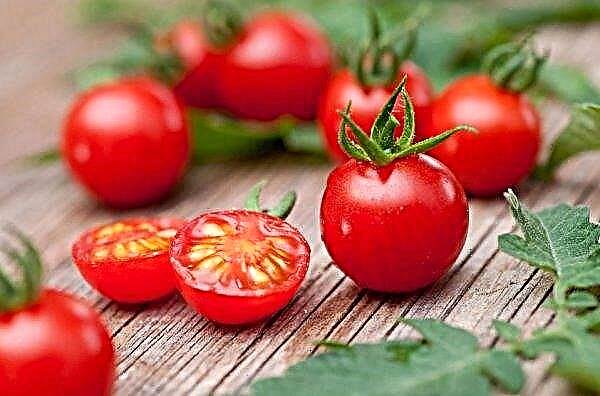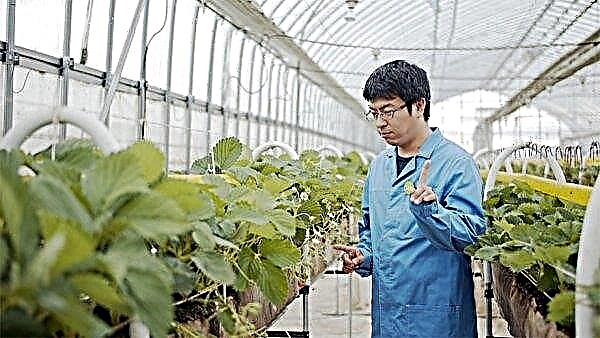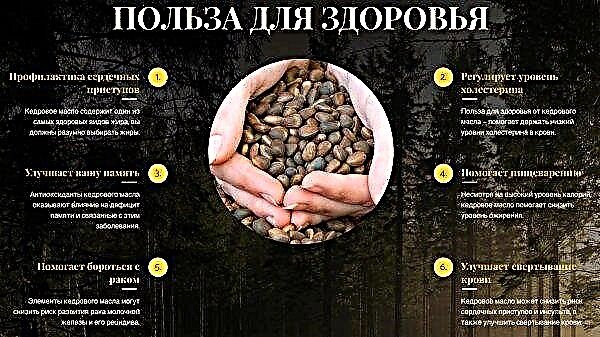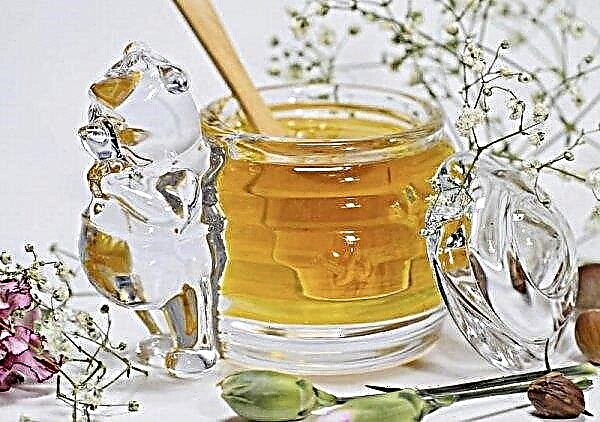Blue gyroorus - a unique bruise fungus, known for its property of turning blue with mechanical influence on it. It is considered a rare, almost endangered species, but this does not prevent mushroom pickers from continuing to collect and cook it.
Mushroom description
Gyroporus has a number of characteristic features that distinguish it from other representatives of the gyropora family.

This applies mainly to morphological features:
- when pressed on the surface, it is able to turn blue and become covered with large spots;
- inside the elastic and dense legs, pores appear over time;
- the lower and upper parts have the same hue;
- spores are extremely small and yellow;
- fragile structure.
Important! Digging out the fungus together with the root system leads to the death of a large part of the mycelium. Incorrect collection of a bruise has led to the fact that it has already been entered in the Red Book.
What does it look like
The color of gyropoorus is whitish or yellow-brown. When comparing his photo without blue spots with photos of the porcini mushroom, the differences may not be noticeable at first glance. The size of the hat reaches a diameter of 15 cm. It is dry, rough, matte and covered with a thin ball of hair.
The plant is hymenophore tubular type. On 1 cm ² surface contains 10-30 round pores. The leg can reach 12 cm in length and 3 cm in thickness, in the middle it has a thickening.
Where is growing
Bruises do not grow in groups, but singly. You can find them mainly on the moist and warm soils of coniferous forests and oak forests. The ripening period begins in July, and ends in October. A bruise rarely grows in the southern latitudes.
Edible or not
This mushroom representative is edible.: it is dried, salted, pickled and canned. Fresh product is also used for making soups and stews.
Did you know? In the fungi of the gyropora family, there is the antibiotic boletol, which provokes intense blueing. The substance is also present in oak.
Varieties and doubles
It is quite difficult to confuse a bruise with poisonous representatives, since it is only characteristic of him to change the color during cuts or bumps.  Outwardly, it resembles a chestnut gyroorus, but the latter does not turn blue with mechanical action.
Outwardly, it resembles a chestnut gyroorus, but the latter does not turn blue with mechanical action.
Growing
The cultivation of a bruise is not very different from the cultivation of other mycorrhizal fungi. Main conditions: heat, shadow and humidity. Choose an isolated area, as mushroom spores spread very quickly and dot a large space.
Did you know? The substrate for growing can be taken near the place where the bruise grows in the natural environment or you can buy a sterile mixture of sawdust and wood scraps.
Among the landing rules, the following are distinguished:
- Mix the powder with mycelium with the leaves and branches of oak or chestnut.
- Choose a place under an oak or chestnut tree and loosen the soil. Make a few holes 10-15 cm deep.
- In the indentations, place the mycelium, cover it on top with humus soil.
- Water the plant with an intensity of 10 l / m².
- Sprinkle a small amount of land on the plot.
- Irrigate mushroom crops regularly in the dry period every day.

Mushroom benefits
Mushrooms are very useful as both daily and lean dishes.. They contain vegetable protein, which is involved in the structure and development of body cells. Due to the poor digestion of such a protein, it is recommended to grind the mushroom product to a puree state, which increases digestibility up to 88%.
 Also, these plants are rich in valuable vitamins (groups B and C) and minerals (phosphorus, iron, potassium, sodium, calcium).
Also, these plants are rich in valuable vitamins (groups B and C) and minerals (phosphorus, iron, potassium, sodium, calcium).
Cooking Application
For the proper preparation of mushroom products, you need to cook them for at least 1 hour. Then the water is changed and the gyroporus is boiled for another 15 minutes. Bruises are used as the basis for many dishes: with their addition, you can cook a rich soup or stew. With gyropozer chicken, onions, garlic, cream and sour cream go well together.

Medical use
Traditional and traditional medicine use this product in the treatment of fungal and bacterial diseases, disorders in the lymphatic and endocrine systems, pleurisy, tuberculosis and bronchial asthma.
Important! You can store fresh mushrooms for two days. To extend their shelf life, they can be dried or frozen.
Mushroom danger
If a person has a violation of the functioning of the gastrointestinal tract, liver or pancreas, do not use any mushroom products.
The bruise is widely used both in cooking and in medicine. It is difficult to confuse it with poisonous representatives due to the ability to turn blue under mechanical stress. A rare forest find will be a spicy decoration of your table, complementing the finished dishes with a pleasant mushroom aroma.

